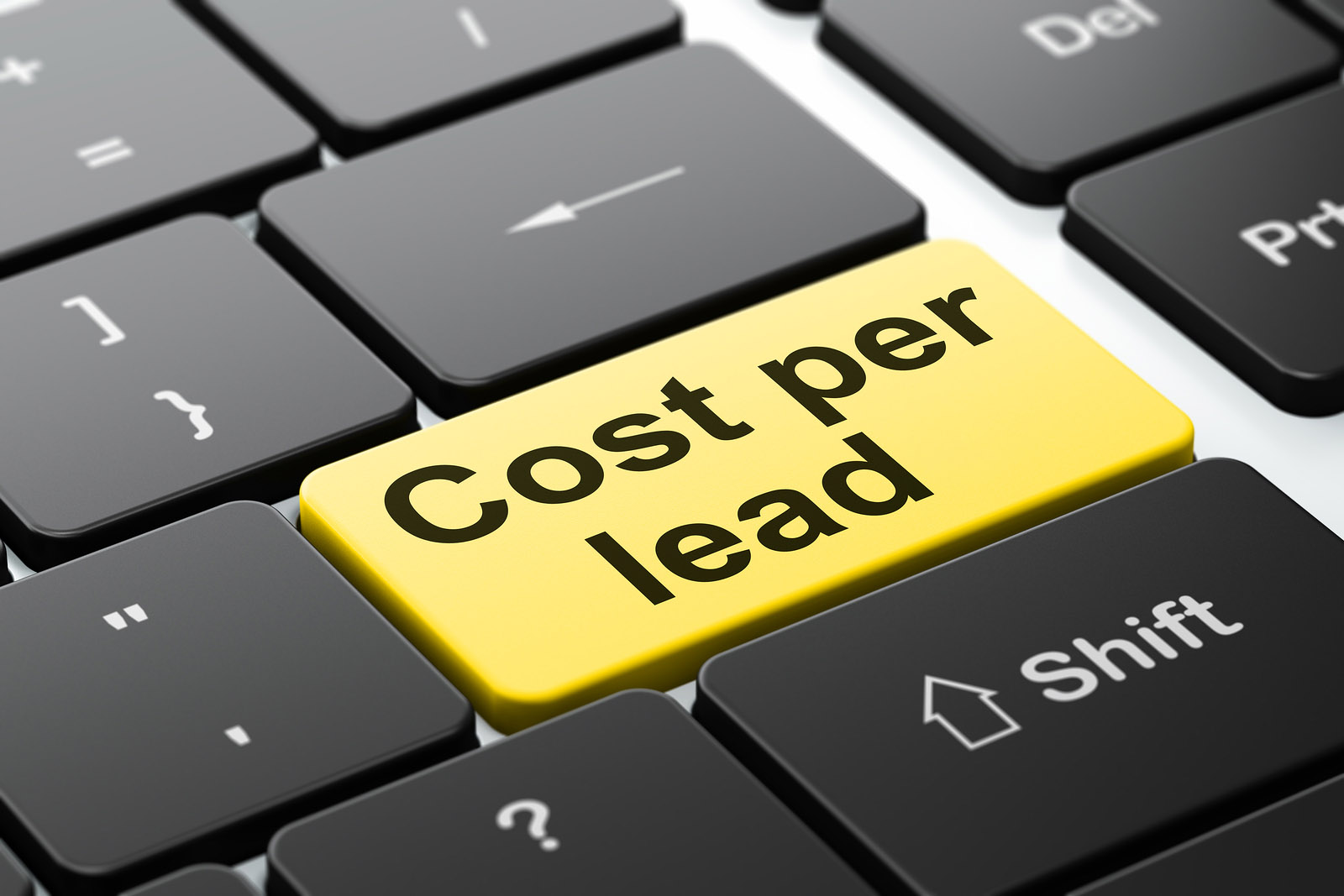
Calculating a good cost per lead in Google Ads requires some careful evaluation, and it’s different for everyone. Find insights here.
The question of what a good cost per lead in Google Ads is can be challenging to answer. It all depends on the price of your product, its profit margins, and your overhead expenses.
Every business will find that a good cost per lead comes out to a different number. And even once you get to that number, you should be striving to lower your cost per lead by focusing your advertising even more.
But if you’re looking for a starting point of understanding how your Google Ads statistics and results stack up to other businesses.
According to WordStream’s Google Ads benchmarks report, here’s a look at the average metrics for Google ads in 2022.
But the report also found immense variation in these numbers from one industry to the other. For example, the industry with the lowest cost per lead was animals and pets at $17.46 and the highest was career and employment at $81.45.
With so much variation in the average cost per lead for Google Ads, businesses might not know where to start with optimizing their campaigns and reaching a fair cost per lead. Here’s how to calculate a good cost per lead for your business.
The first step is in calculating how much the average customer brings into your business. Your average deal size will tell you how much a new customer is worth. To find this number, you’ll take your total gross income and divide it by the number of customers you earned in a year. So if you grossed $500,000 and had 550 customers, your average deal size is $909.
Now you have to figure out the ROI on that $909 deal. To find that, you’ll take your total gross income of $500,000 and deduct your expenses. Let’s say your expenses were $300,000 including all marketing expenses and overhead. So now you net $200,000 per year across 550 customers. That comes out to an ROI of $363 per deal. Now you know you can’t spend more than $363 to earn a customer through Google Ads. But you’re not quite done with math yet.
Not all leads will become customers. Now you need to look at your lead-to-close ratio. The average company closes 20 percent of all leads. That means that you’ll need to get five leads to earn that $363 per customer. Divide $363 by five and you get $72. In this scenario, so long as your cost per lead is lower than $72, you know you’ll still make money off the lead.
This calculation only bases a good cost per lead off initial deal income. You should also consider the total customer lifetime value of bringing in a new customer. So while you might realize you’re breaking even in year one with a new customer, you’ll know the ROI comes in year two at renewal or when they place their second order with you.

If you go through the calculation and find that you’re paying too much per lead in Google Ads, you should evaluate the best way to bring that cost down. Just because your cost per lead is too high now does not mean you should quit Google Ads and put your money elsewhere. It just means there might be value in reevaluating your strategy.
As you go through your Google Ads account, you might notice that some ad sets have an alert on them that says “limited by budget.” That means that your bids are high enough to make it into an auction for a spot on Google Ads, but you won’t make it into many each day because of the limitations you’ve put on your ads.
In this case, you might consider the following actions.
Advertisers with higher quality scores can win an auction even if their bids are lower. And the lower the bid that you earn the spot for, the lower your cost per lead will likely be.
Google’s auctions reward quality ads with lower costs per click because those ads are more likely to delight searchers and give them what they were looking for. To improve your Quality Score, look to these actions.
Messy Google Ad accounts lead to struggles in ad management. If you can’t see your ads clearly, it’s challenging to see what’s performing well and where you have room for growth. You want to align your ad groups by relevance.
So each group of ads that market a different product should be in different groups. Theme your groups, give them clear names and keep your account tidy to make it simpler to manage.
Your campaign settings and targeting are crucial to ensuring a lower cost per lead while still bringing in quality prospects. As you consider your ad settings, adjust your bids based on the following criteria.
Many campaigns start broad to see what will work best. But as you learn high-performing keywords, it makes more sense to eliminate low-performing keywords to give more money to high-performing keywords.
The most valuable keywords are those with a low cost per lead. Those keywords are resonating with your customers effectively.
Even if a keyword has lots of clicks, you don’t necessarily want to keep putting money toward it if it has a low conversion rate. Don’t be fooled by keywords with high impressions or high click rates. You want to focus on results and not just initial metrics.
Optimizing Google Ads to improve your cost per lead can be challenging. Setting up Google Ads is one thing, but monitoring, managing and optimizing is a more advanced skill that takes many years to develop. New Light Digital knows the best tactics for getting the most out of Google Ads to help you optimize your cost per lead. Schedule a free consultation now to learn more.
Further reading: